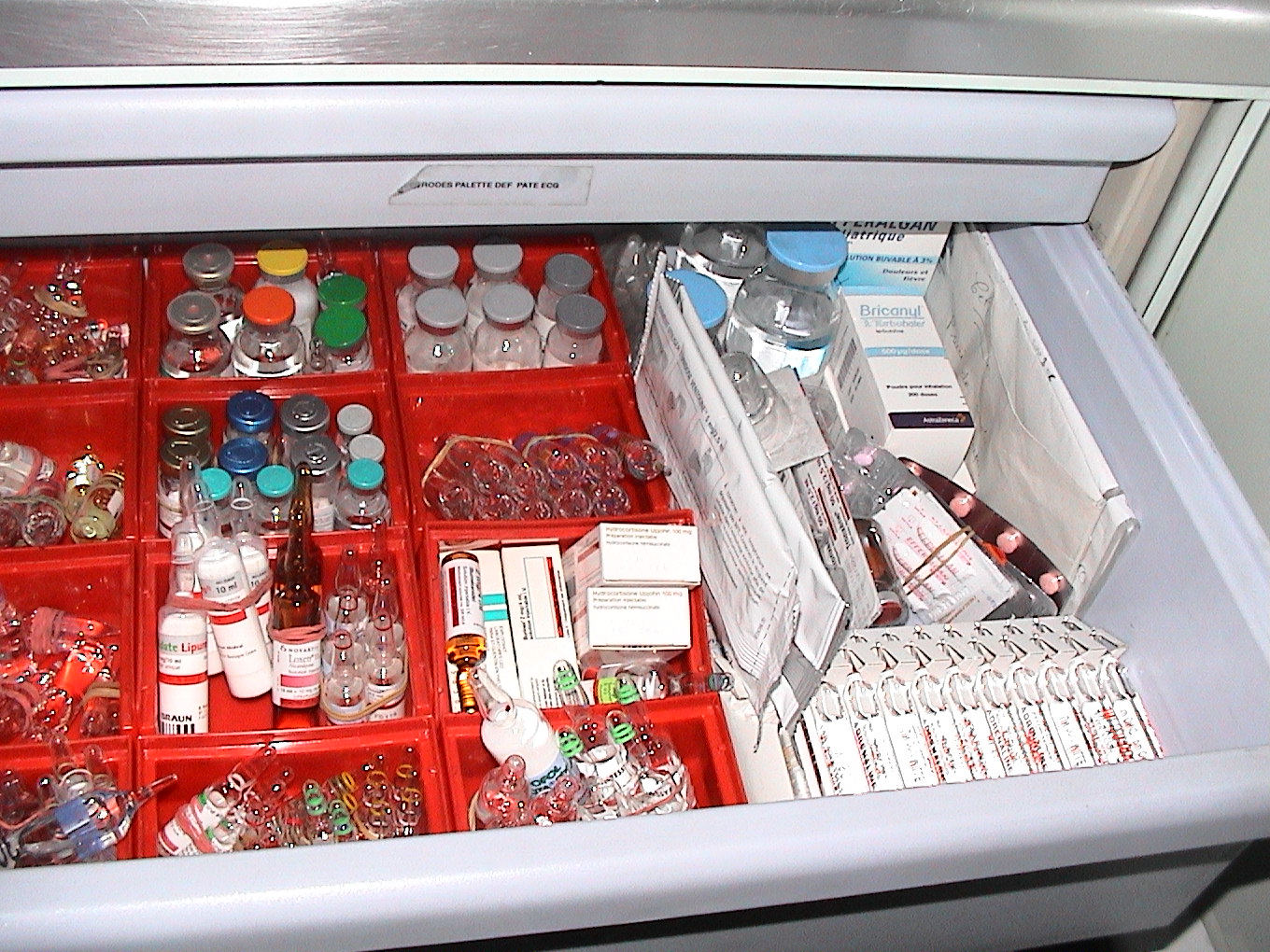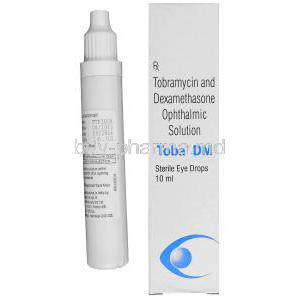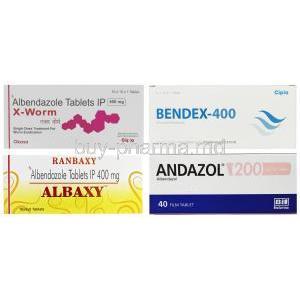Secnidazole
- I. Introduction
- II. What is Secnidazole?
- III. How Secnidazole Works
- IV. Approved Uses of Secnidazole
- V. Off-label Uses of Secnidazole
- VI. Dosage and Administration Guidelines
- VII. Composition and Formulation
- VIII. Side Effects: What to Expect
- IX. Important Precautions and Warnings
- X. Contraindications
- XI. Special Administration Considerations
- XII. Drug Interactions: What to Be Aware Of
- XIII. Storage and Handling Precautions
- XIV. Overdosage: What to Do
- XV. Conclusion
I. Introduction
Secnidazole, which belongs to a class of antibiotics called nitroimidazoles, plays a role in medicine for treating certain bacterial and parasitic infections. The purpose of this article is to provide an understanding of Secnidazole by explaining its various uses, potential side effects, and guidelines, for administration. As we delve into this discussion readers can expect to gain knowledge that covers everything from its chemical properties to approved and off-label applications.
II. What is Secnidazole?
Secnidazole stands out among antibiotics in the nitroimidazole class due to its chemical structure, C7H11N3O3. What sets it apart from similar drugs is its longer half-life, which makes it more effective. Secnidazole has received approval from the Food and Drug Administration (FDA) and other international bodies for its use in treating specific infections. In the pharmaceutical industry, there are well-established manufacturers who produce and distribute Secnidazole in various markets.
III. How Secnidazole Works
The therapeutic effect of Secnidazole relies on its ability to interrupt the synthesis of DNA, in bacteria and parasites ultimately leading to their destruction. Interestingly Secnidazole works by inhibiting the production of acids which helps reduce the growth and spread of harmful microorganisms. Compared to nitroimidazole antibiotics, Secnidazole is well regarded for its higher bioavailability and longer-lasting impact.
IV. Approved Uses of Secnidazole
Secnidazole is an antibiotic used to treat bacterial vaginosis and certain parasitic infections 123.
Clinical trials have shown that secnidazole is effective in treating bacterial vaginosis, relieving symptoms, and eliminating the infection 1. It has also been effective against intestinal parasitic infections such as giardiasis and amebiasis, breaking down the parasites and helping patients recover quickly 2.
1. drugs.com2. webmd.com3. medlineplus.gov4. academic.oup.com5. wikidoc.org6. bmcwomenshealth.biomedcentral.co
V. Off-label Uses of Secnidazole
Apart from its recommended usage Secnidazole has been occasionally used for gastrointestinal issues, particularly irritable bowel syndrome (IBS). While not universally supported existing research and case studies suggest that Secnidazole could potentially be effective in addressing conditions such, as Crohns disease.
- According to a study published in the Journal of Crohn’s and Colitis, thiopurines such as azathioprine and mercaptopurine are commonly used to treat Crohn’s disease 1.
- However, there is some evidence that Secnidazole could be effective in addressing conditions such as Crohn’s disease 2.
- A review article published in the Journal of Crohn’s and Colitis states that Secnidazole has been occasionally used for gastrointestinal issues, particularly irritable bowel syndrome (IBS) 2.
1. academic.oup.com2. mayoclinic.org3. aafp.org4. sciencedaily.com5. gut.bmj.co
VI. Dosage and Administration Guidelines
The appropriate doses of medication depend on the condition being treated and can differ from person to person. Typically, the drug is taken orally. In specific medical emergencies, it may also be administered intravenously.

VII. Composition and Formulation
Secnidazole is typically formulated with various inactive ingredients, each playing a specific role in improving how the drug is absorbed or maintaining its stability. It comes in forms, such as tablets and capsules, allowing flexibility depending on patient preferences and clinical needs.
VIII. Side Effects: What to Expect
Although Secnidazole is generally well tolerated, it does have some side effects. The common complaints include feeling nauseous, vomiting, and having a dry mouth. While not very common, there have been reports of dizziness, hives, and even liver problems that require immediate medical attention.
IX. Important Precautions and Warnings
It is crucial to exercise caution when using Secnidazole to ensure its effectiveness and minimize any side effects. It is essential to avoid taking Secnidazole if you are currently experiencing any reactions or anaphylaxis related to any component of the Secnidazole family. Additionally, individuals with conditions such as liver disease or hematologic disorders may require medical supervision for dosage adjustments due to the potential impact on the pharmacokinetic profile of Secnidazole.
X. Contraindications
Neglecting to consider contraindications may lead to health consequences, some of which could be irreversible. Individuals with existing conditions, such as severe hepatic impairment, should refrain from using Secnidazole. It is advisable to avoid taking disulfiram or other medications that are contraindicated with alcohol concurrently, as the suspension of Secnidazole contains quantities of alcohol.
XI. Special Administration Considerations
a. Administration to Elderly
As people age, it's important to be extra cautious because their body processes medication differently. Lower doses may be necessary for individuals significantly if they have reduced liver or kidney function.
b. Administration to Pregnant Women and Nursing Mothers
It's essential to be cautious during these stages of life. Studies on animals have been. Haven't provided conclusive evidence of any risks. However, we still don't know for sure if it's safe for pregnant women to take this drug. Depending on how necessary the drug is, it may be advisable to stop breastfeeding or discontinue its use.
c. Administration to Children
Children's medication management requires attention. Regarding age restrictions, It is generally advised not to administer Secnidazole to children under six due to data on its safety and effectiveness.
XII. Drug Interactions: What to Be Aware Of
When different substances are combined, it becomes more complex to determine the effectiveness and safety of drugs. For example, drugs, like anticoagulants, can interact with Secnidazole, which may require adjusting the dosage. To prevent any effects, monitoring and adjusting the therapy or considering replacing the interacting drug as necessary is essential.
XIII. Storage and Handling Precautions
Improper storage conditions can quickly reduce the effectiveness of the medication. It is advised to store it at room temperature from moisture and direct sunlight. The potency of Secnidazole remains intact until the expiration date mentioned on the packaging.

XIV. Overdosage: What to Do
Instances of a dose require prompt action to address the issue. Common symptoms may include feelings of nausea, vomiting, and signs indicating effects. The primary approach for managing an overdose is through supportive treatment, with seeking immediate medical advice paramount.
XV. Conclusion
Secnidazole acts as a treatment option for various bacterial and parasitic infections. However, its usage requires attention to several factors, including contraindications and specific administration requirements. Adhering to guidelines and following the instructions of healthcare professionals will help ensure the safe and effective use of this medication.



























